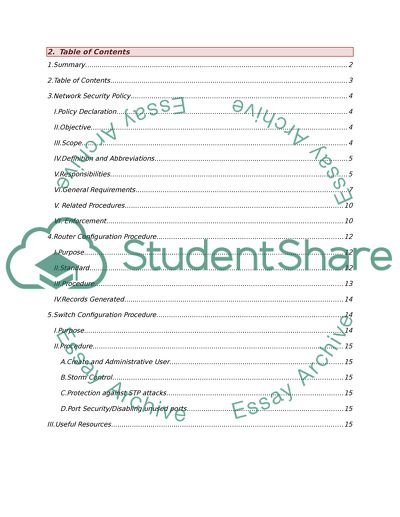Cite this document
(“CCNA SECURITY CASE STUDY Essay Example | Topics and Well Written Essays - 2500 words”, n.d.)
Retrieved from https://studentshare.org/information-technology/1398923-ccna-security-case-study
Retrieved from https://studentshare.org/information-technology/1398923-ccna-security-case-study
(CCNA SECURITY CASE STUDY Essay Example | Topics and Well Written Essays - 2500 Words)
https://studentshare.org/information-technology/1398923-ccna-security-case-study.
https://studentshare.org/information-technology/1398923-ccna-security-case-study.
“CCNA SECURITY CASE STUDY Essay Example | Topics and Well Written Essays - 2500 Words”, n.d. https://studentshare.org/information-technology/1398923-ccna-security-case-study.


